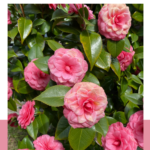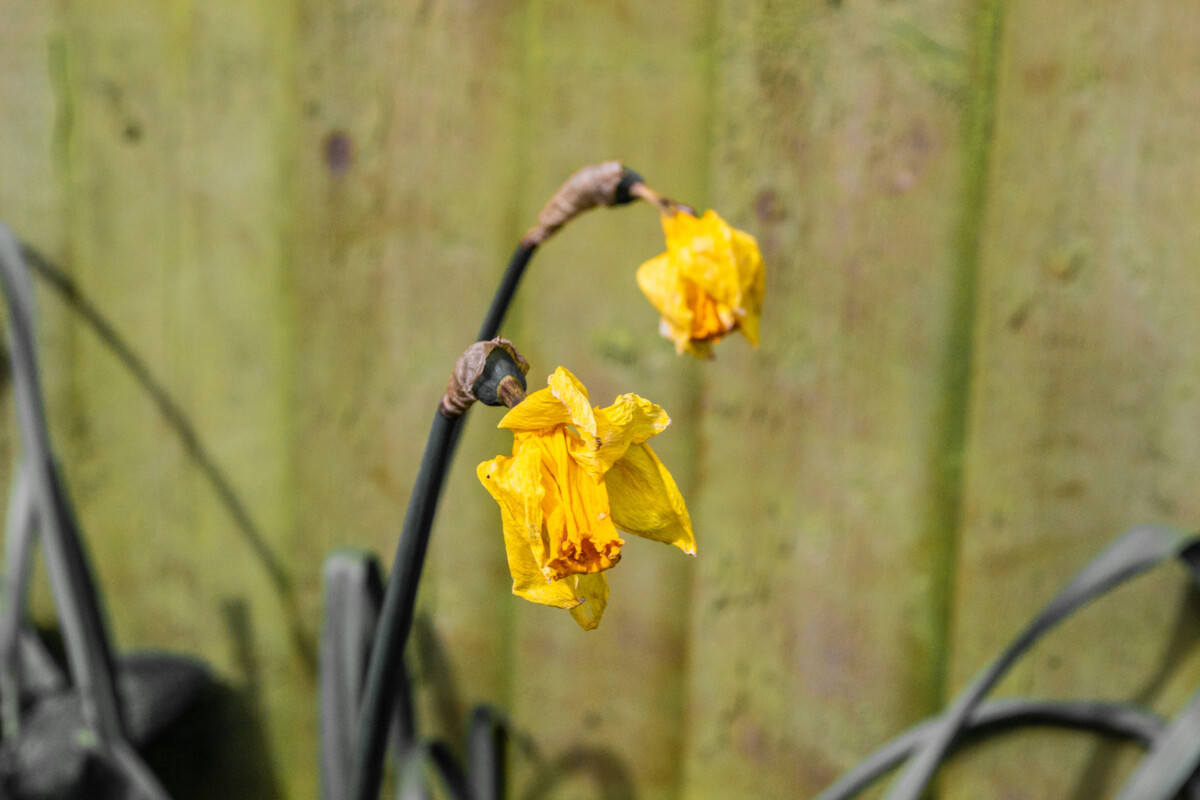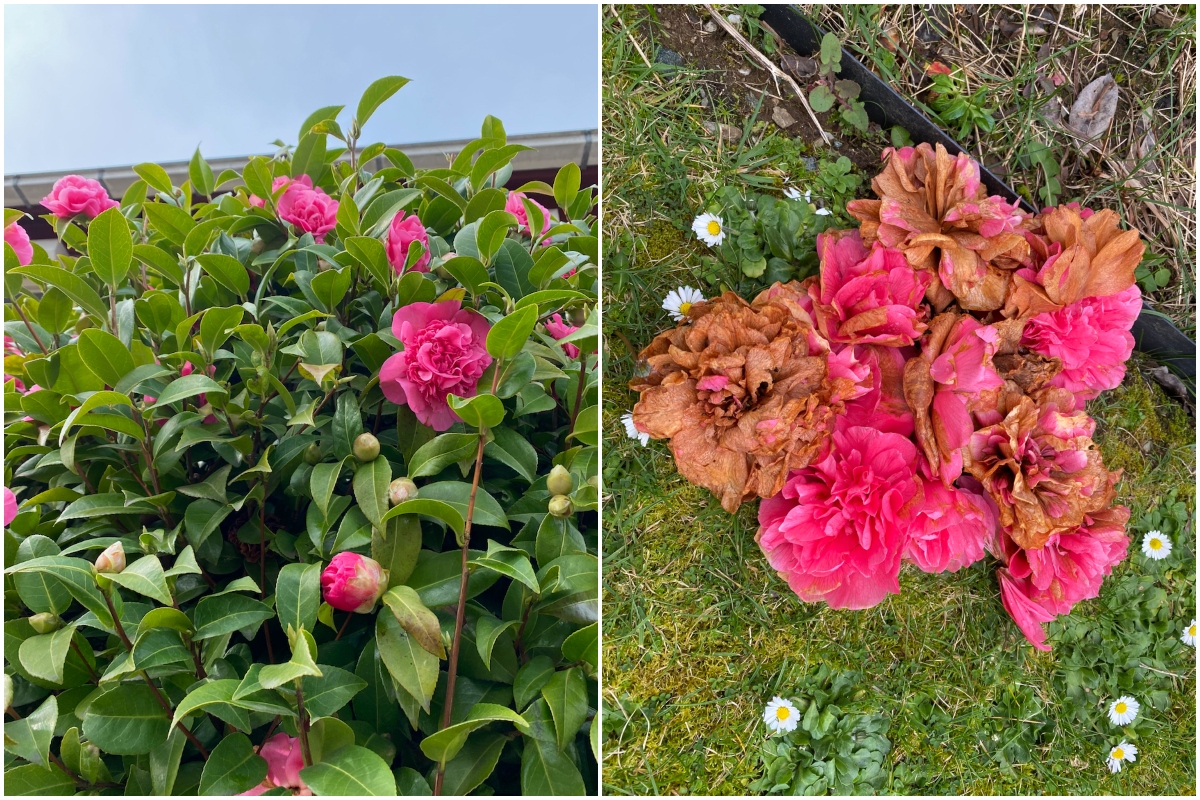
I cherish fleeting moments in the garden, but I sometimes think that not much else seems as fleeting as the blooming and fading of camellia flowers. After months and months of watching the buds swell up and lie in wait all through the fall and winter, my camellias seem to flower and fade in the blink of an eye.
Nevertheless, planting camellias is still worth it in my book because of how early in the year they bloom.
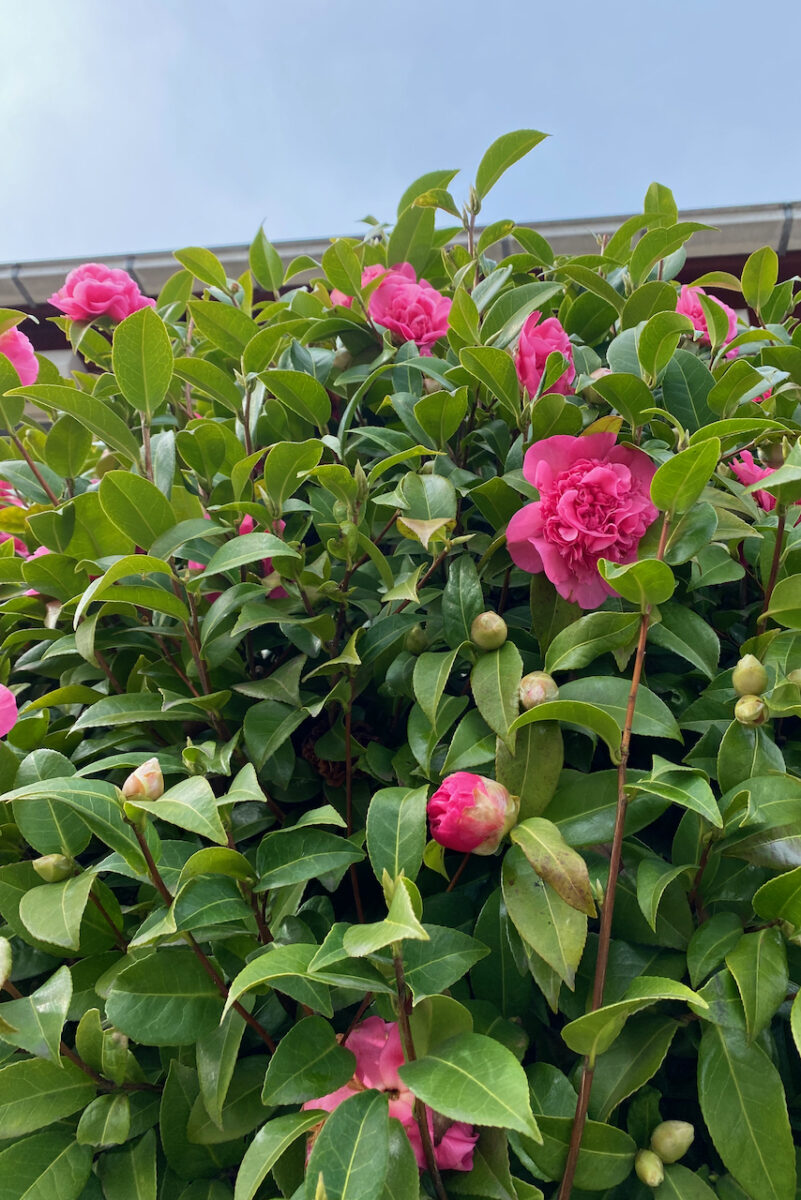
In my neck of the woods, the only flowers that coincide with that of camellias are snowdrops, hellebores and crocuses. So when everything else is still in a deep slumber, camellias are all present and accounted for.
Camellias are not high-maintenance shrubs (quite the contrary). But as busy gardeners, we might succumb to the tendency to forget about their existence in the humdrum of the early gardening season. It’s a typical case of out of sight, out of mind, once the flowers are gone.
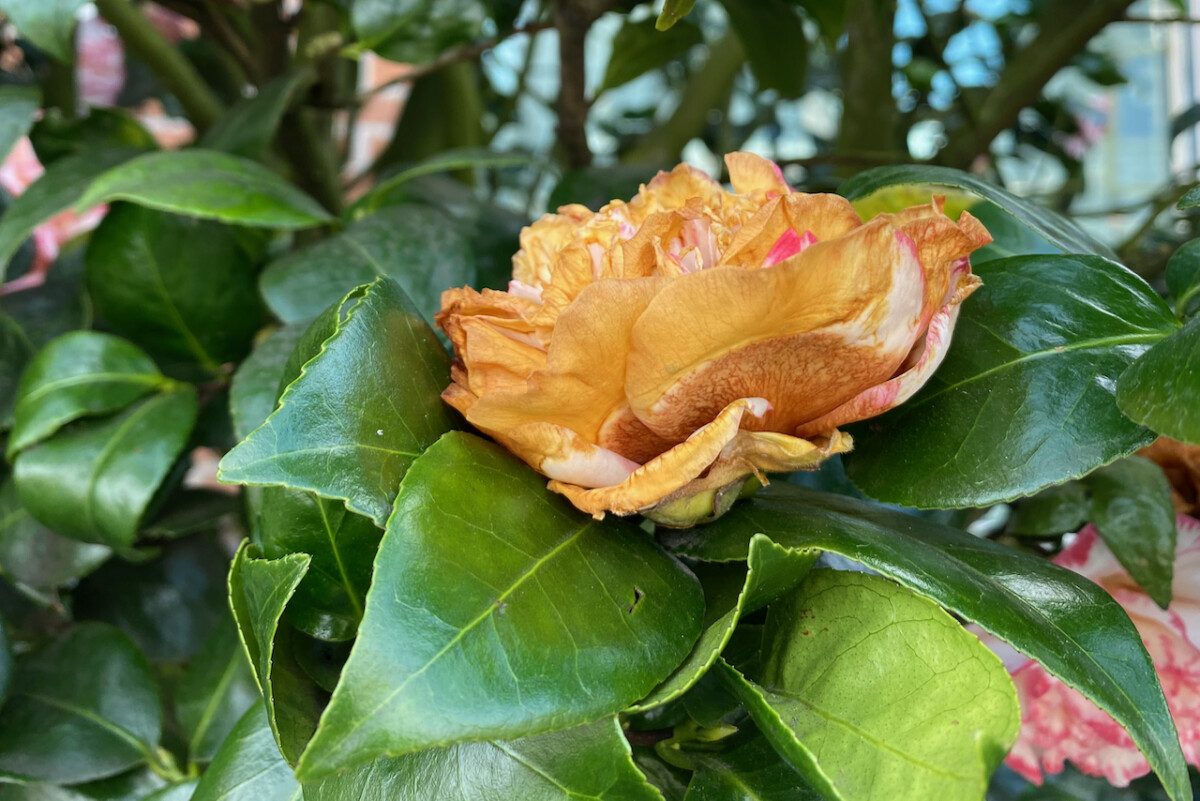
Here’s what you should do for your camellias after they have flowered in order to set yourself up for even bigger and better blooms next year.
(And if bigger and better blooms from your camellia is your goal – then you’ll want to read my guide: 8 Secrets To Get Your Camellia To Bloom Like Crazy)
1. Keep your camellia on a consistent watering schedule
With their glossy evergreen foliage and their sturdy stems, camellias look like tough plants. And they are pretty resilient shrubs. But if you’re counting on a new set of blooms next winter, you need to keep watering your camellias through seasons of drought. That’s because camellias will be forming buds this summer. So making sure the plant is hydrated enough to set as many buds as possible is really important.
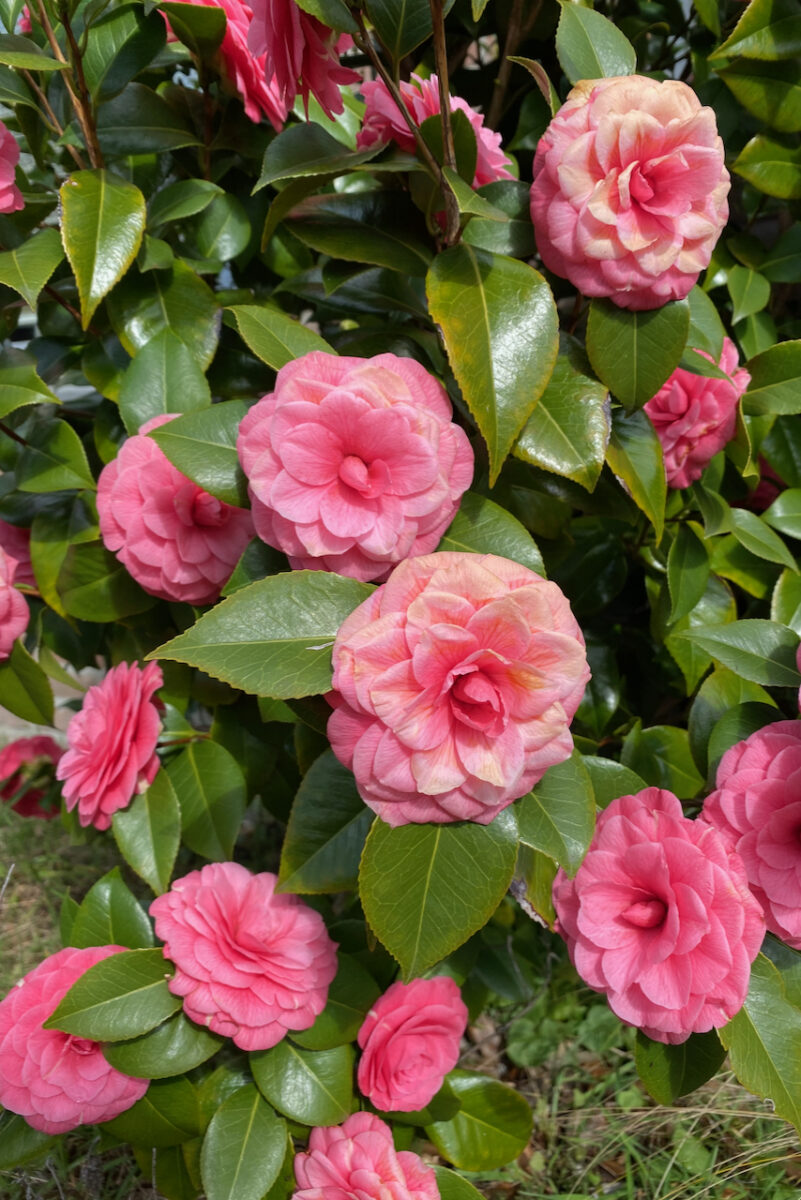
Another thing to keep in mind is that, just like rhododendrons, camellias don’t send out very deep roots. They do rely on an intricate root structure, but most of it stays quite close to the surface. So make sure that the fibrous root system that the shrub relies on for water and nutrient intake actually has access to water.
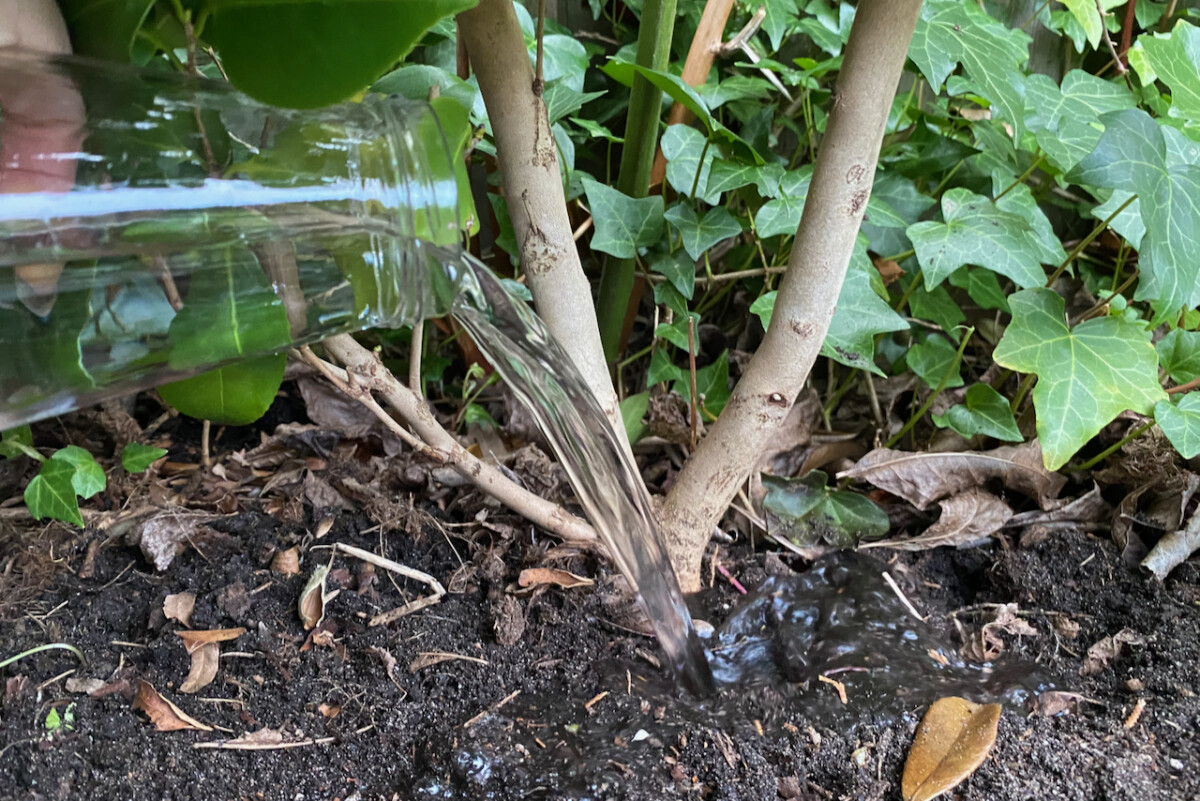
If you usually have pretty wet springs, then that should be enough. But the springs where I garden have been getting drier and drier. In fact, this year we’ve had one of the driest February months on record.
Just keep an eye on the weather and supplement your camellia with enough water if you’re not getting enough rain. Make a note to water your camellias at least once a week on dry weeks in the spring.
2. Mulch your camellia (Yes, again!)
But I already mulched in the fall. Should I do it again in spring?
Yes, you’d better!
The mulch that you applied in the spring might still be visible. But depending on what you used, it may have been taken into the ground by hungry worms (leaf mold is a delicacy), blown away by the wind (wood chips usually suffer this fate) or simply been compacted by rain and snow.
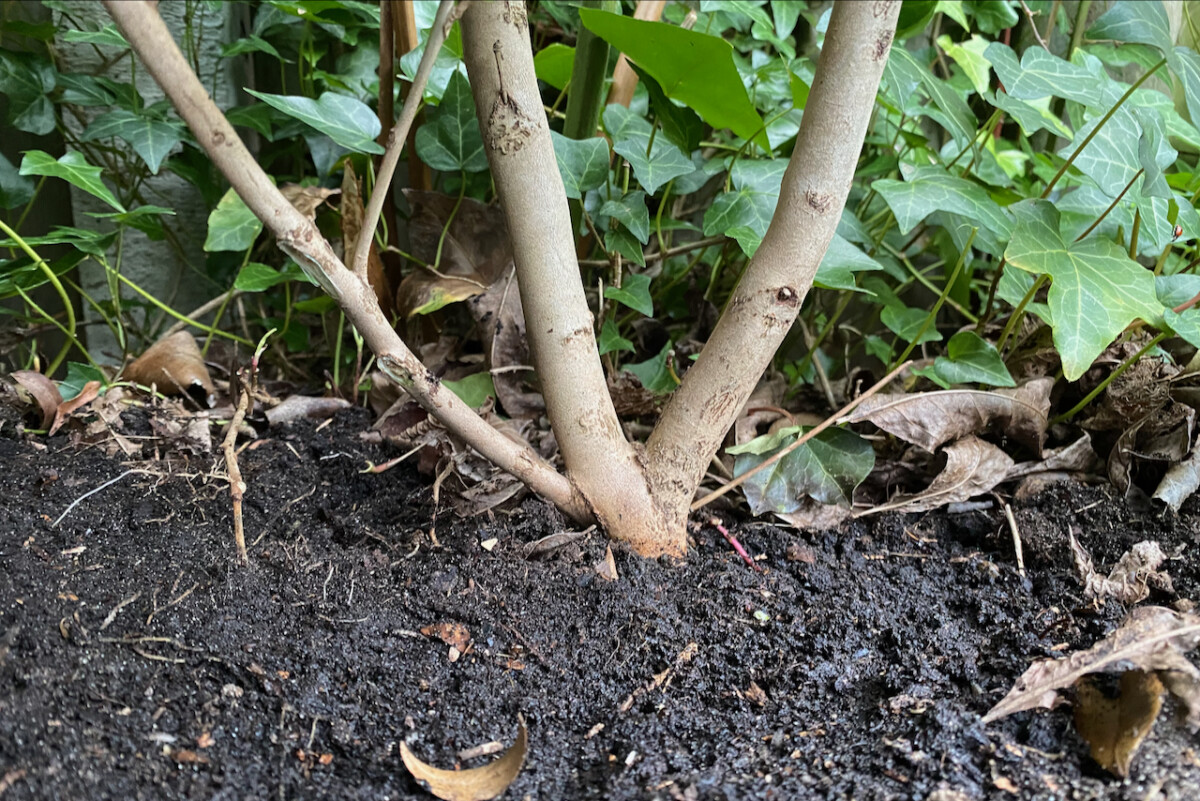
In any case, fall mulch has done its duty of preventing soil compaction or runoff and keeping an even temperature around the root ball.
I like to refer to mulch as a gardener’s secret weapon. Mulching your camellia shrub in the spring will, first of all, help retain the water in the ground. It’s not just drought that interferes with bud setting. But the fluctuation between too dry and too wet can also wreak havoc on future flowers. That’s where mulch saves the day by acting as a humidity regulator.
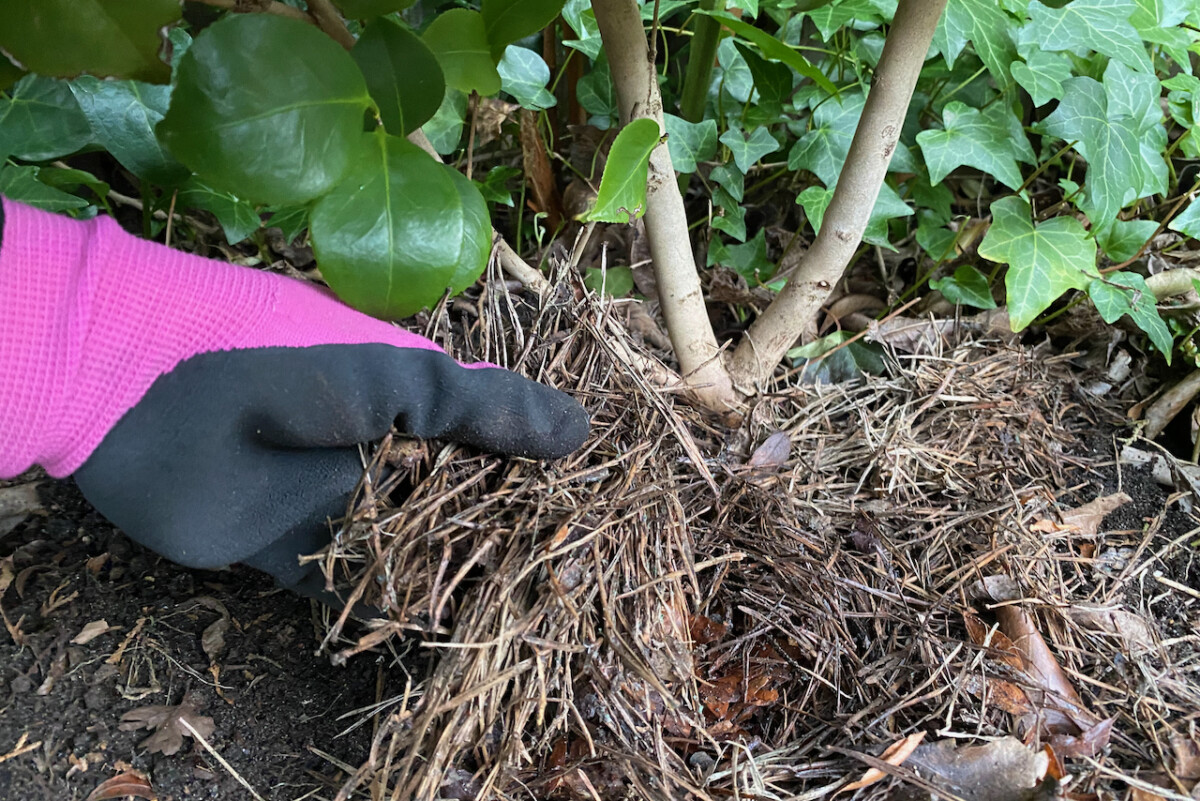
The way I use it, mulch serves a secondary purpose in spring. I choose to mulch with acid materials (this year, it’s pine needles) in order to increase the acidity in the soil. In their native habitat, camellias grow in a rich and acidic soil, often on hill slopes under pine trees. So replicating this in our gardens will ensure healthy, lush shrubs.
3. You can prune your camellia, but only to shape it.
I’ll start this piece of advice with a disclaimer: camellias are slow-growing shrubs that don’t really need pruning. Not in the sense that other shrubs do, anyway. As long as you’ve transplanted your camellia in an open location when you first brought it home, you shouldn’t have to give it a trim for years.
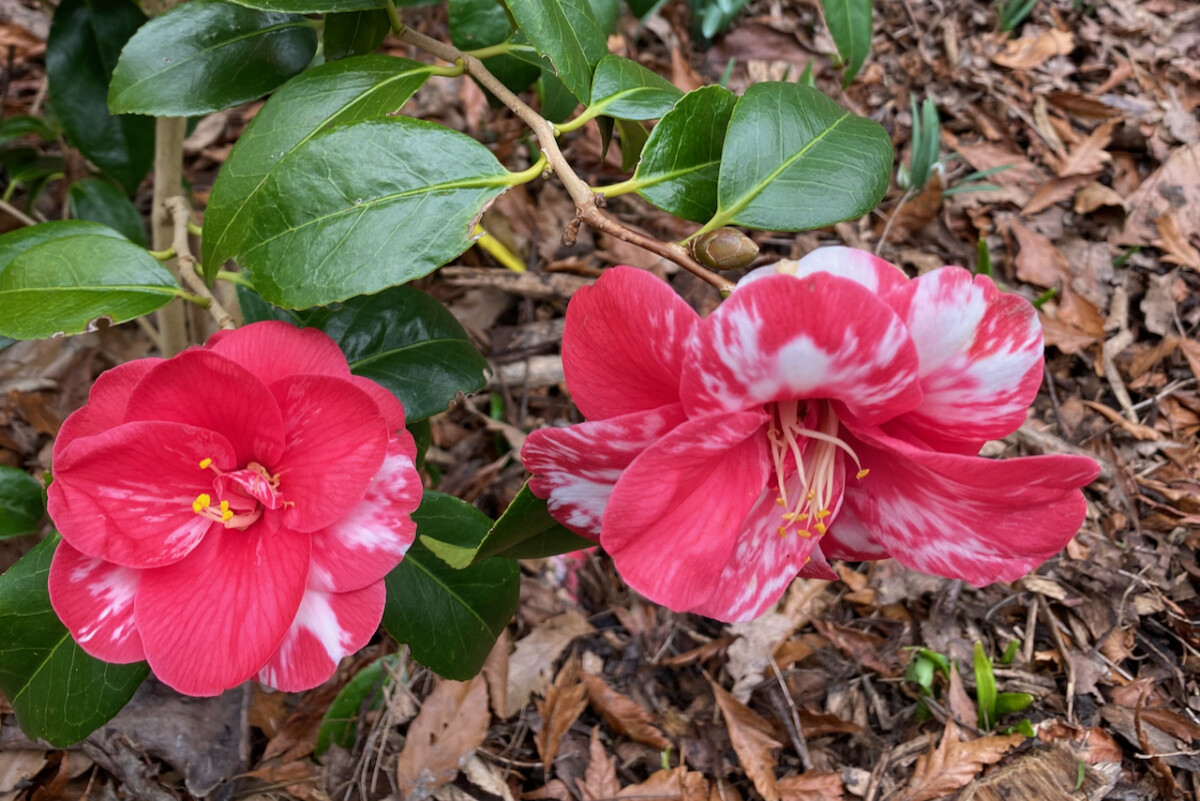
However, if you want to influence the shape of the shrub more than mother nature does, you can do some light pruning in the spring. That is, if you want to turn your camellia from a shrub to a tree-shape, you can cut back one of the lower branches in order to encourage vertical growth.
On the other hand, if you prefer your camellia more rotund and full (that’s my preference), you can trim the errant growth at the top. Just trim off the branch that sticks out higher from the others, cutting right above a node.
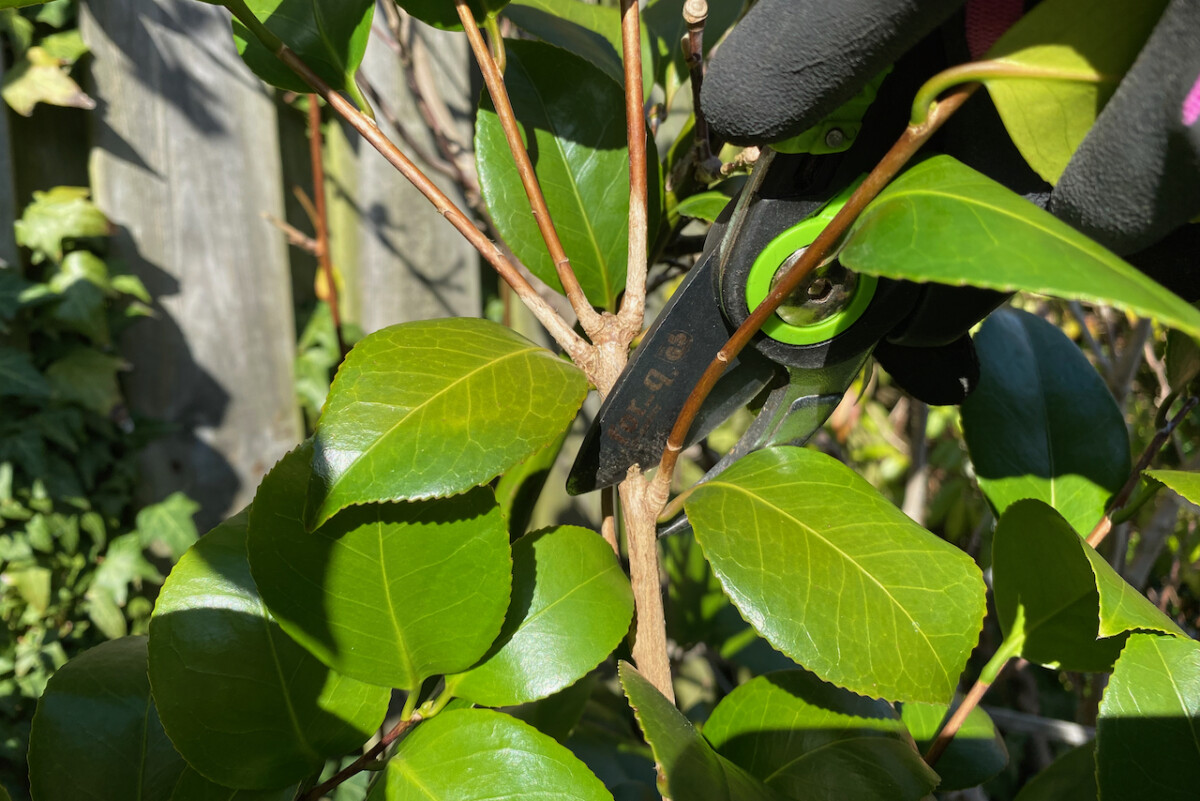
In either scenario, you should avoid drastic pruning (even for the sake of contouring). Plan to stagger your pruning over a few years in order to allow your plant enough time to recover.
Remember that the pruning window is not open for very long with camellias. Depending on what cultivar you’re growing, camellia might start setting next winter’s buds as early as mid-summer So don’t wait too long before your prune. You can do it as soon as this year’s blooms are gone. However, if your camellia is a really early-flowering variety, wait until the last expected frost date has passed.
What to do with fallen camellia flowers
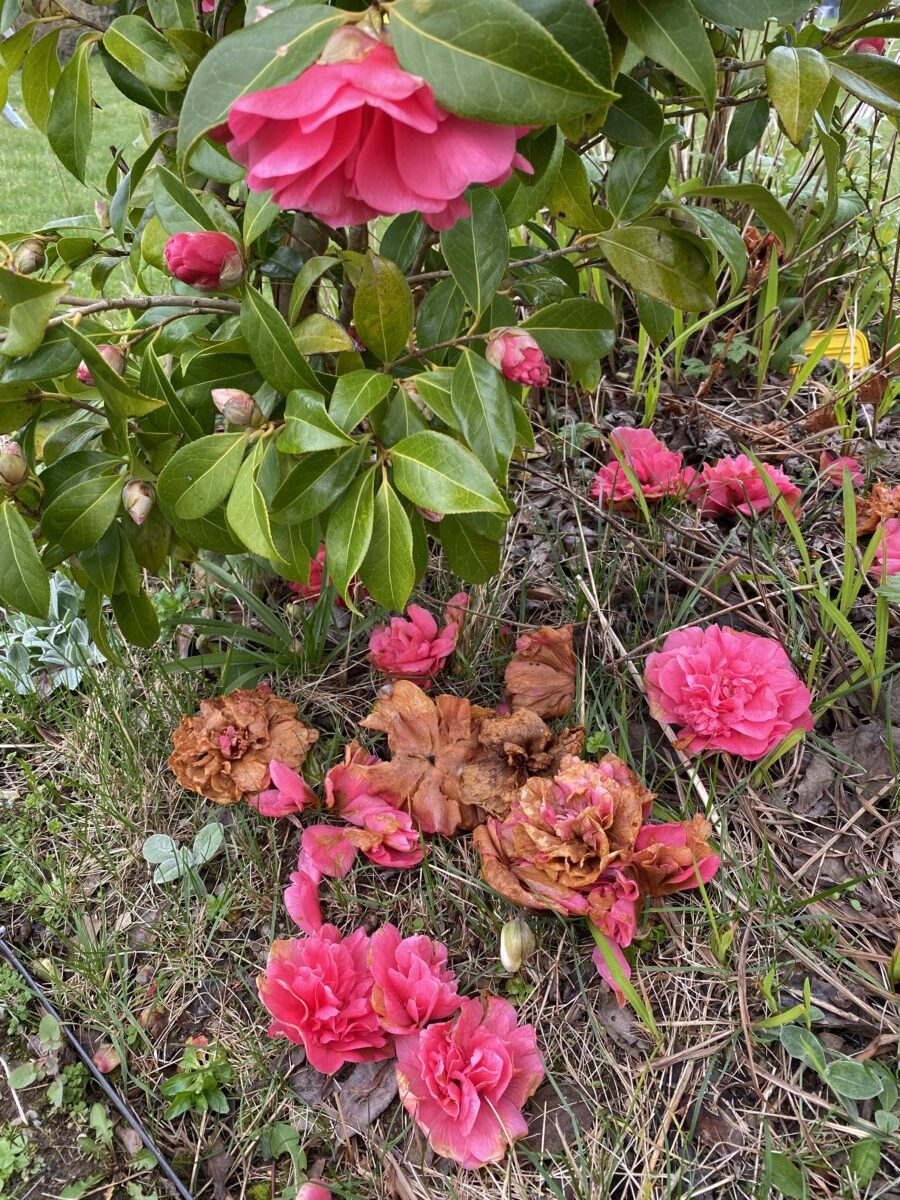
Camellias bloom so early in the season that they are often damaged by frost, high winds or heavy rain that cause the flowers to drop to the ground. But what should you do with this carpet of faded flowers?
The best thing to do is compost them but only if they show no signs of disease. Camellia blooms can sometimes suffer a fungal disease called camellia petal blight. Trash flowers that show any signs and compost the healthy looking blooms.
What you do with your camellia after flowering will set you up for success next blooming season.

